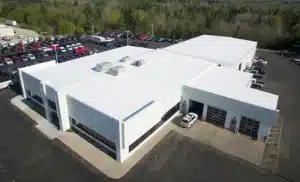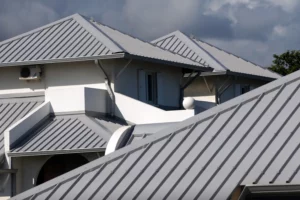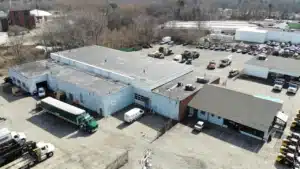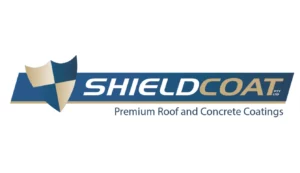Understanding the Cost Difference Between Metal Roofs and Shingles
When it comes to choosing the right roofing material for your commercial building, there are several factors to consider. One of the most important considerations is the cost. In this article, we will delve into the cost difference between metal roofs and shingles, providing you with valuable insights and tips to make an informed decision.
1. Initial Cost: Breaking Down the Numbers
The initial cost is often the first thing that comes to mind when comparing roofing materials. Metal roofs generally have a higher upfront cost compared to shingles. This is because metal roofing materials are more expensive to manufacture and install. On the other hand, shingles are a more affordable option in terms of initial cost. However, it’s important to consider the long-term benefits and durability of each material before making a decision solely based on price.
2. Durability: Investing in Long-Term Solutions
While the initial cost of metal roofs may be higher, they offer exceptional durability and longevity. Metal roofs can last up to 50 years or more, outperforming shingles by a significant margin. Shingles, on the other hand, have a lifespan of around 20 to 30 years. Considering the cost of regular repairs, maintenance, and replacements over time, investing in a metal roof can save you money in the long run.
3. Energy Efficiency: Reducing Your Utility Bills
When it comes to energy efficiency, metal roofs have a clear advantage over shingles. Metal reflects sunlight, preventing your commercial building from absorbing excess heat. This means that your cooling costs will be lower during hot summer months. In contrast, shingles absorb heat, leading to increased cooling needs and higher energy bills. By choosing a metal roof, you can significantly reduce your utility expenses and make your commercial building more environmentally friendly.
4. Insurance Costs: A Potential Money-Saver
Believe it or not, the type of roofing material you choose can affect your insurance costs. Metal roofs are highly resistant to fire, wind, and hail damage, making them a safer option in the eyes of insurance companies. As a result, many insurers offer lower premiums for buildings with metal roofs. Shingles, while durable, are not as resistant to extreme weather conditions. Consequently, choosing shingles may lead to higher insurance costs in the long term.
5. Aesthetics: Finding the Perfect Look for Your Commercial Building
While cost is essential, aesthetics should not be overlooked. Metal roofs offer a sleek and modern appearance that can enhance the overall aesthetic appeal of your commercial building. They are available in a variety of colors and finishes to suit your specific design preferences. On the other hand, shingles provide a more traditional and classic look. Consider the architectural style of your building and your branding requirements to choose a roofing material that complements your overall aesthetic vision.
6. Maintenance and Repairs: Considering Long-Term Expenses
Maintaining and repairing your roofing system is an inevitable expense. Metal roofs require minimal maintenance and are more resistant to damage compared to shingles. However, in the event that repairs are needed, metal roofs can be more challenging to fix due to their complex installation process. Shingles, on the other hand, are easier and cheaper to repair but may require more frequent maintenance over their lifespan.
In conclusion, if you are looking for a long-term investment with exceptional durability, energy efficiency, and potential insurance savings, metal roofs are worth the higher initial cost. However, if budget is a significant concern and you are willing to compromise on longevity and energy efficiency, shingles can still provide a reliable roofing solution for your commercial building. Ultimately, it’s essential to weigh the pros and cons of each material and consider your specific needs and budget before making a decision.






